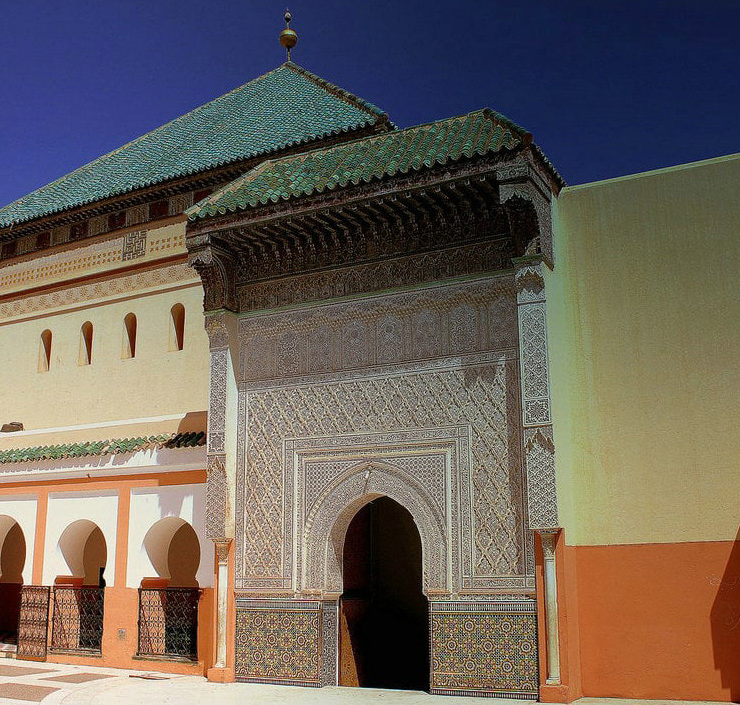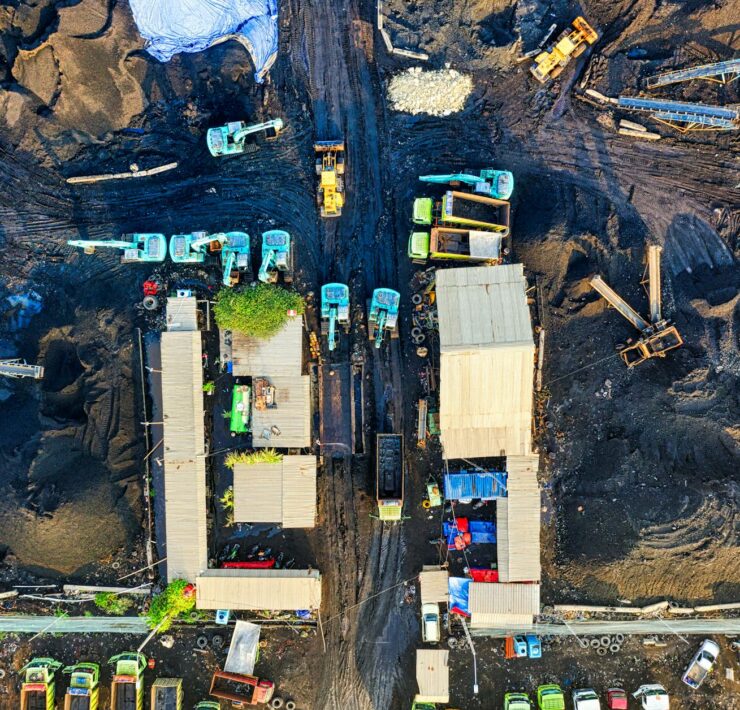Magnificent Architecture of Ethiopia
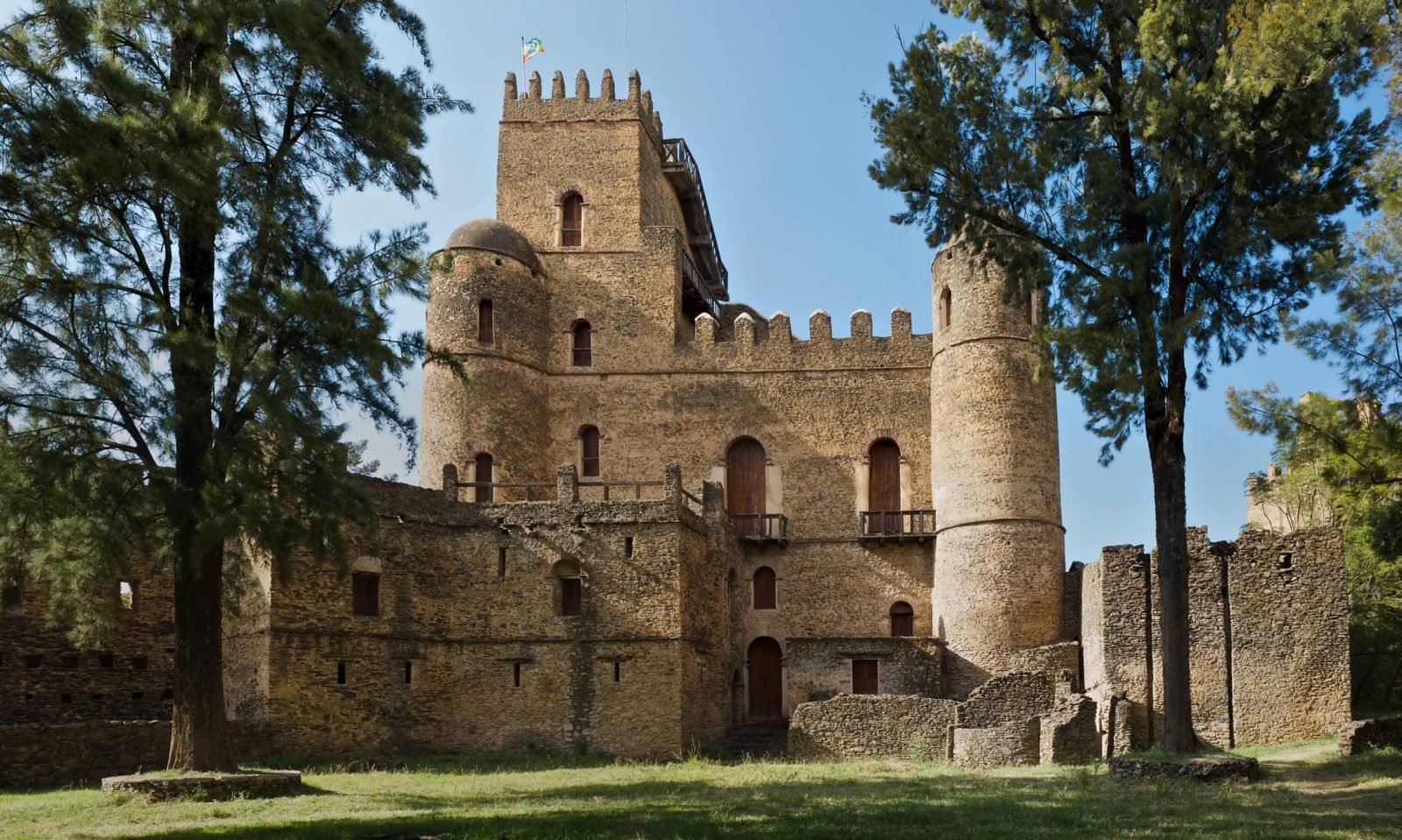
Chioma Phillips is the Editor of Msingi Afrika Magazine and…
The Ancient Wonders of Afrika
If you have been reading Msingi Afrika Magazine for any length of time, then you are aware not only of our deep love for Afrika, but also our great affection and admiration for Ethiopia, The New Dawn of Spirit. This is one land that never ceases to fascinate and inspire. From Ethiopia, great heroes have arisen to prevent horrific oppression, courageous and noble acts have been carried out by a community of people who believed in the greater good, making the ultimate sacrifice for freedom; and Ethiopia’s magnificent and breathtaking landscapes are matched by its great and ancient architecture that continues to make a lie of the claims that Europeans and others made and still make about Afrika being a land of backwardness. Today, let’s revisit the truth about Afrika’s greatness, together.
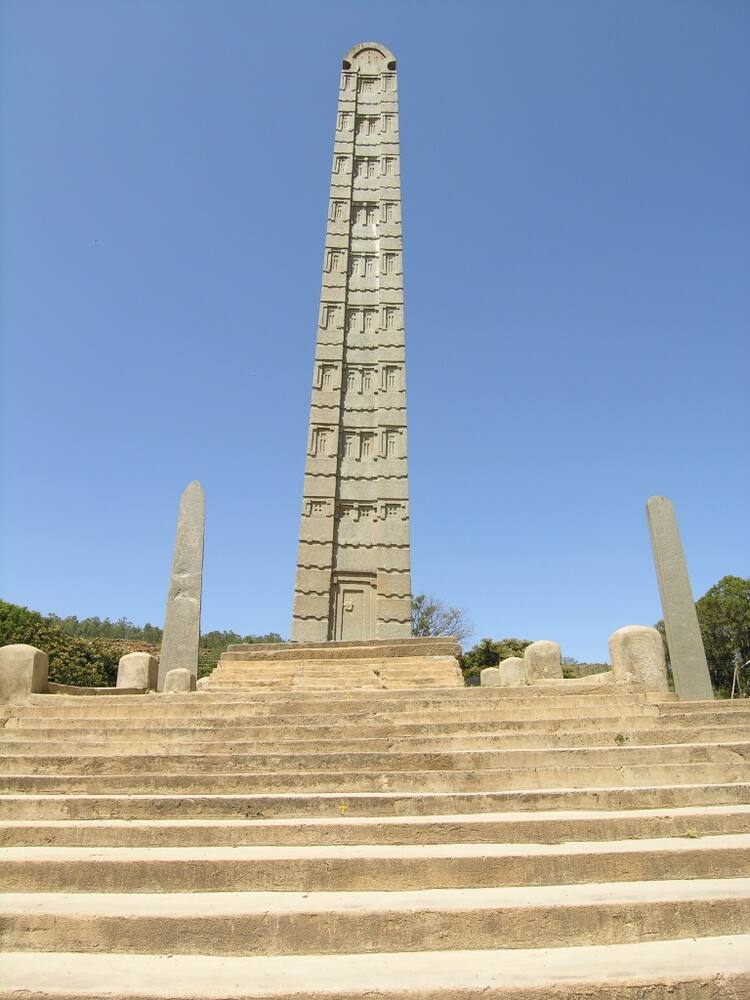
The Ancient Aksumite Kingdom, located on the Tigray plateau, is world famous for its impressive monolithic obelisks, the largest standing one reaching up to 23 meters and the largest of all, which lies on the ground, up to 33 meters. These were carved with great detail and, along with the royal tombs and palace ruins which date back to the 6th and 7th Centuries AD are firm reminders of the ancient excellence of architecture in Afrika.
The 11 monolithic churches carved out of rock in Lalibela, under the reign of King Lalibela, who created a New Jerusalem, accessible to all Afrikans, after pilgrimages to Jerusalem were impeded by Muslim efforts. Lalibela indeed became a substitute for the holy places of Jerusalem and Bethlehem, gaining huge significance in Christendom. These churches, situated in the Amhara region, at an altitude of 8.200 ft (2,500 meters) and built over 800 years ago, had their windows, doors, roofs, floors, carved out of rock. They also have a complex network of passages, drainage, and ceremonial passages.
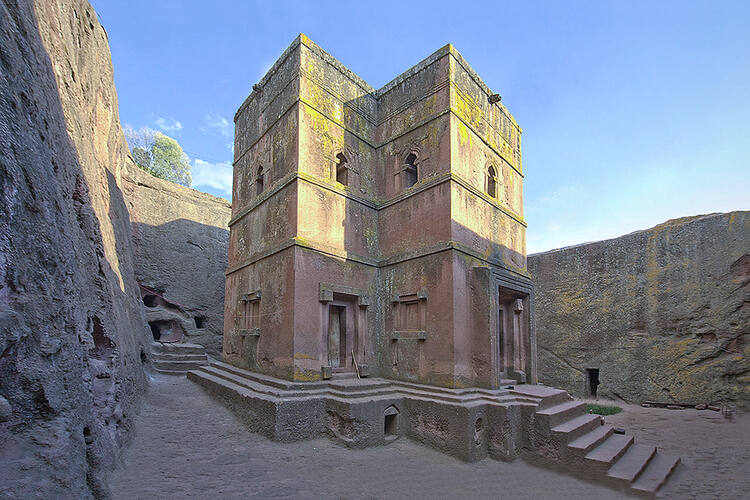
These churches are called:
- Biete Medhani Alem (House of the Savior of the World);
- Biete Mariam (House of Mary);
- Biete Maskal (House of the Cross);
- Biete Denagel (House of Virgins);
- Biete Golgotha Mikael (House of Golgotha Mikael);
- Biete Amanuel (House of Emmanuel);
- Biete Qeddus Mercoreus (House of St. Mercoreos);
- Biete Abba Libanos (House of Abbot Libanos);
- Biete Gabriel Raphael (House of Gabriel Raphael);
- Biete Lehem (House of Holy Bread); and
- Biete Ghiorgis (House of St. George) which is connected to the others by a system of trenches.
Biete Medhani Alem is thought to be the largest monolithic church in the world.
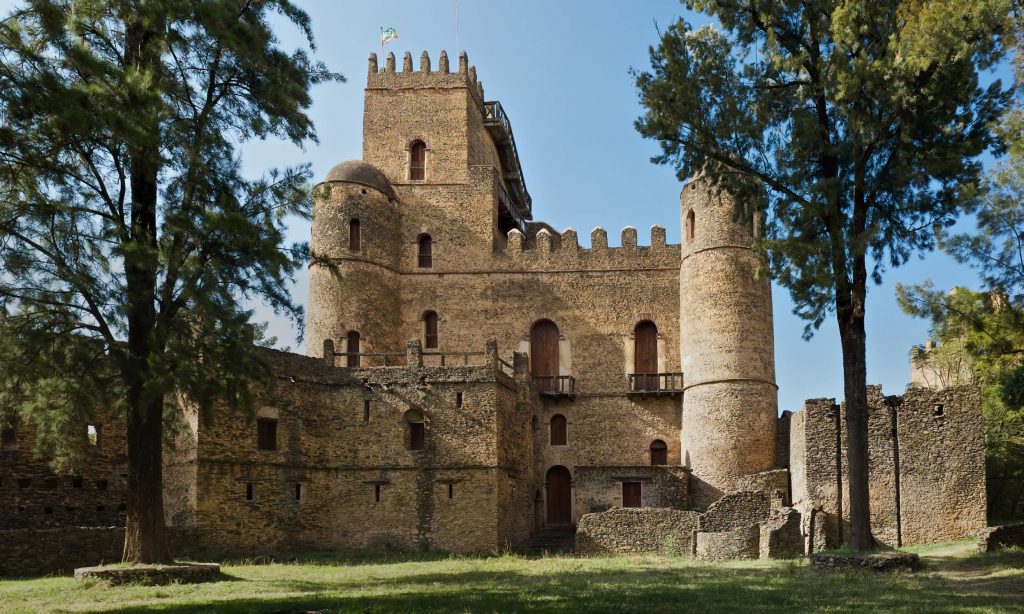
The fortress-city of Fasil-Ghebbi in North Gondar, Amhara Region, celebrated for its complexity in architecture, it was the stronghold of Emperor Fasiledes and his descendants. Fasiledes is said to draw his lineage from that of the House of Solomon. Within the palace compound are found: the Castle of Emperor Fasiledes, the Castle of Emperor Iyasu, the Library of Tzadich Yohannes; the Chancellery of Tzadich Yohannes; the Castle of Emperor David, the Palace of Mentuab and Banqueting Hall of the Emperor Bekaffa. Around the city of Gondar are found: the Debre Berhan Selassie (Monastery and church); the Bath of Fasiledes; Kiddush Yohannes; Qusquam (Monastery and Church); Thermal Area; the Sosinios (also known as Maryam Ghemb); the Gorgora (Monastery and Church) and the Palace of Guzara. The fortress was surrounded by a wall 900 meters long, with 12 entrances and 3 bridges.
Other examples of great Ethiopian architecture are Atse Yohannes IV’s palace, built in the 1870s, Dejat Abraha’s castle, built around 1906, the Hawulti/Hawelti monument, among others.
What's Your Reaction?
Chioma Phillips is the Editor of Msingi Afrika Magazine and the host of Msingi Afrika Television. Her hope is to see the Truth shared, with all who will listen, for the transformation of the people and the continent of Afrika - and the world. She believes passionately in the critical role that Afrika and Afrikans have to play on earth right now and hopes to ignite the spark that will cause them to see and believe who they are, so that they can live out their Truest lives for the remainder of their days.













